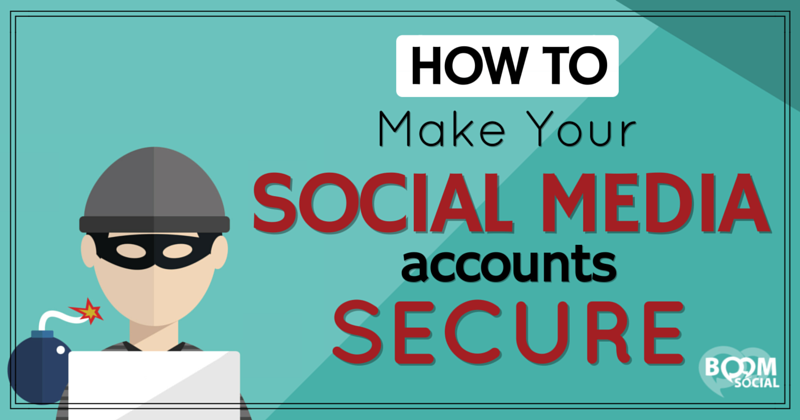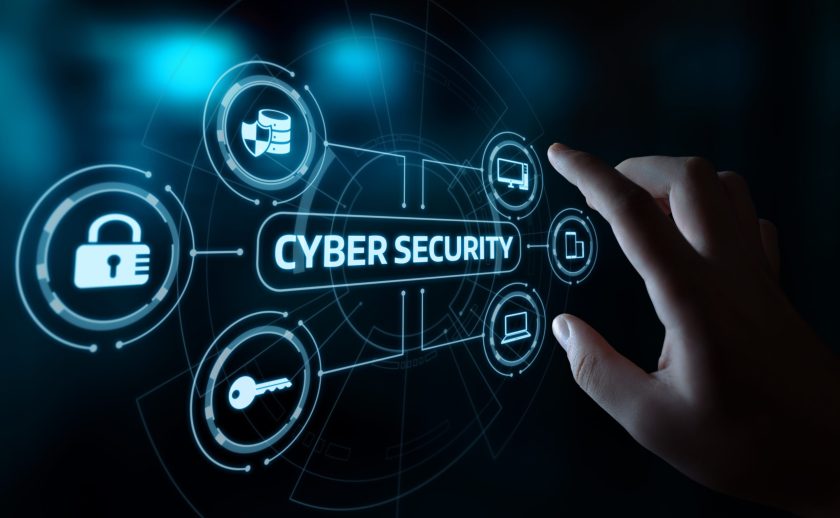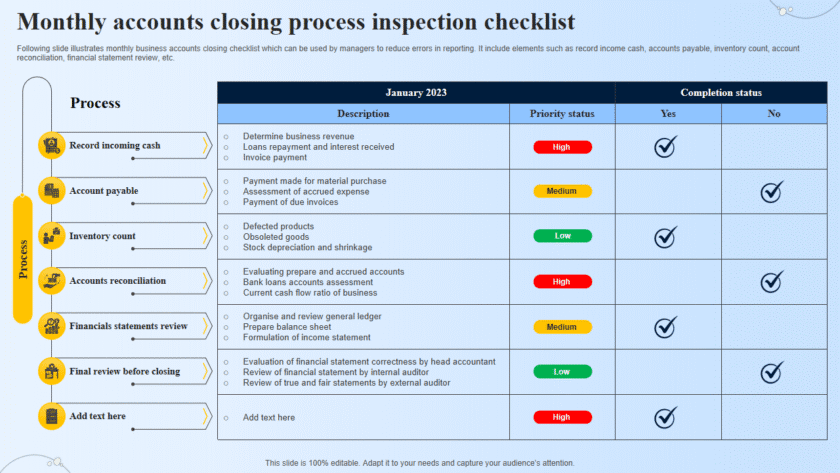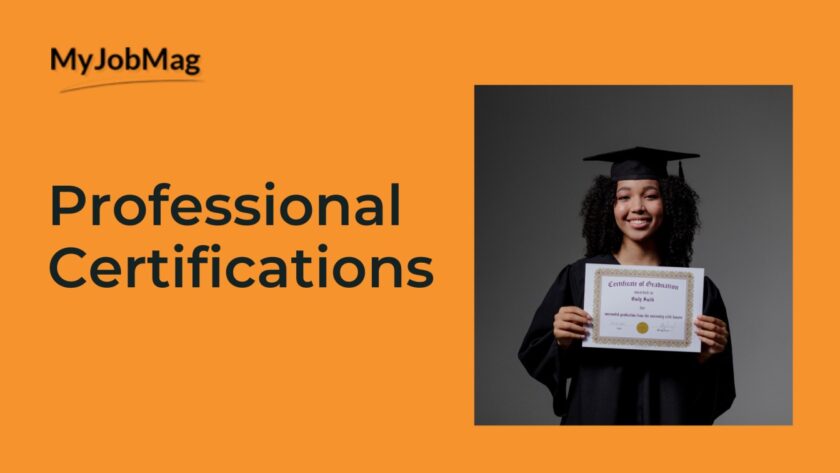Best Practices for Securing Your Social Media Accounts
Social media is where we connect with friends, promote businesses, and share personal moments. But it’s also a major target for hackers, scammers, and identity thieves. If your account is compromised, attackers can impersonate you, steal your information, or even trick your contacts into scams.
The good news? With the right practices, you can keep your social media accounts safe and secure.
1. Use Strong, Unique Passwords
- Make your password long (at least 12 characters).
- Mix letters, numbers, and special characters.
- Avoid personal info like birthdays or pet names.
- Use a different password for each social media account.
💡 Pro tip: A password manager can generate and store strong, unique passwords for you.
2. Enable Two-Factor Authentication (2FA)
2FA adds an extra layer of security. Even if someone steals your password, they’ll need a code sent to your phone or authenticator app to log in.
Most platforms like Facebook, Instagram, X (Twitter), and LinkedIn support 2FA — turn it on!
3. Watch Out for Phishing Scams
Hackers often send fake messages or emails pretending to be from social media platforms.
- Don’t click suspicious links.
- Verify the sender’s email address.
- If in doubt, log in directly through the official app or website.
4. Review App Permissions
Over time, you may connect your social media accounts to various third-party apps or websites. Some of these apps can pose a security risk.
- Go to your account settings.
- Review connected apps.
- Remove anything you don’t use or trust.
5. Keep Your Software Updated
Update your phone’s operating system, browser, and apps regularly. Updates often patch security vulnerabilities that hackers exploit.
6. Be Careful with Public Wi-Fi
Avoid logging into social media on unsecured public Wi-Fi. If you must, use a VPN to protect your data from prying eyes.
7. Control Your Privacy Settings
- Limit who can see your posts and personal details.
- Disable location sharing if you don’t need it.
- Review your friend/follower list regularly and remove unknown accounts.
8. Monitor Account Activity
Most social platforms let you check active sessions or login history. If you see unfamiliar devices or locations, log out remotely and change your password immediately.
✅ Conclusion
Your social media accounts are valuable — not just to you, but also to hackers. By using strong passwords, enabling 2FA, avoiding phishing attempts, and controlling privacy settings, you can significantly reduce the chances of being hacked.
Staying proactive today can save you from embarrassment, scams, and identity theft tomorrow.






